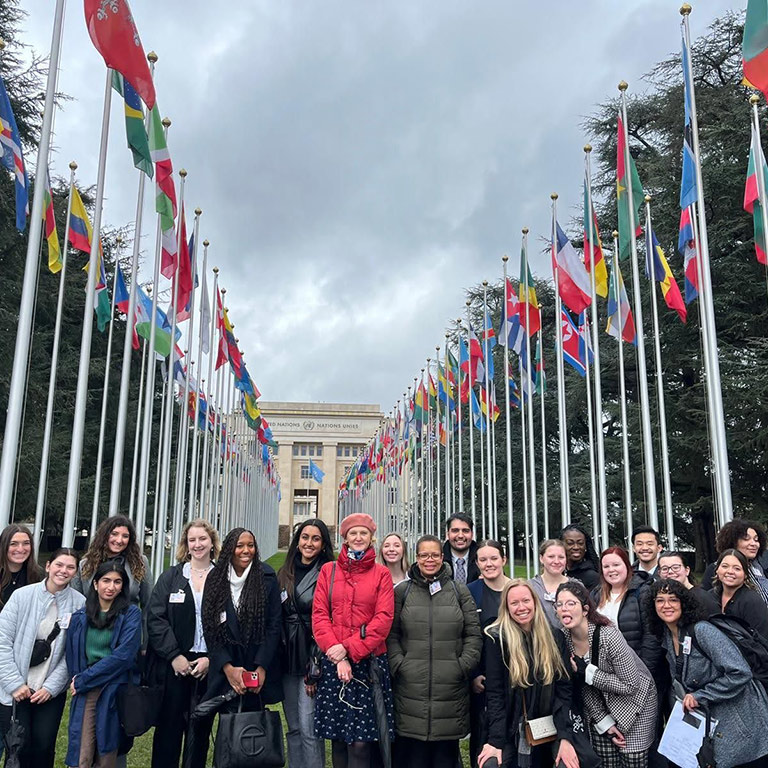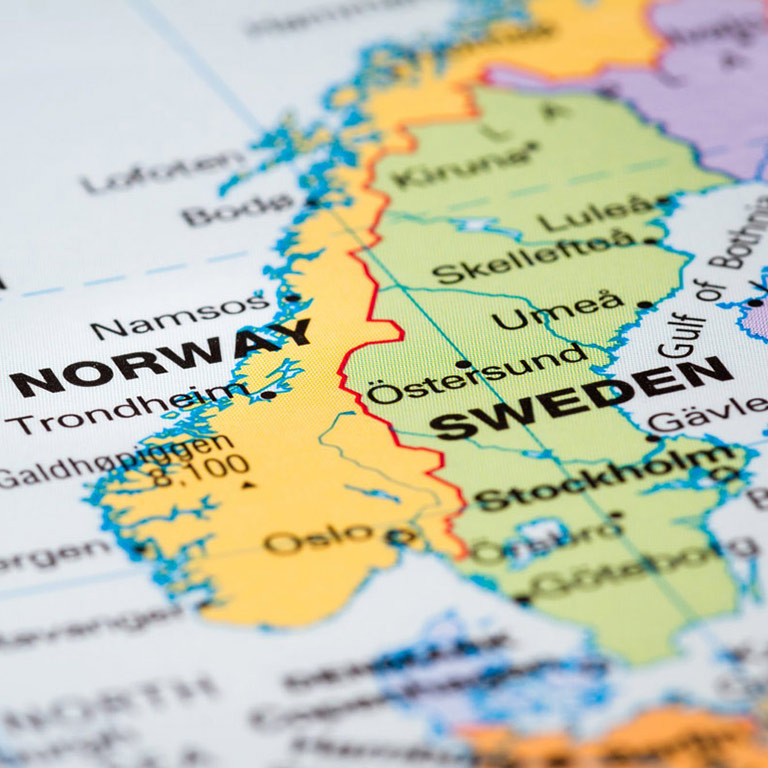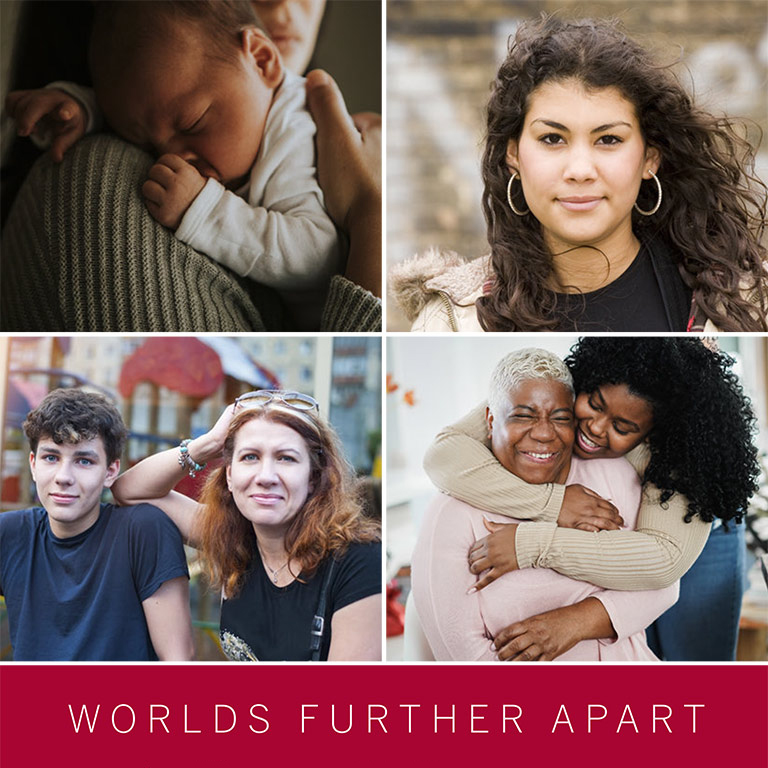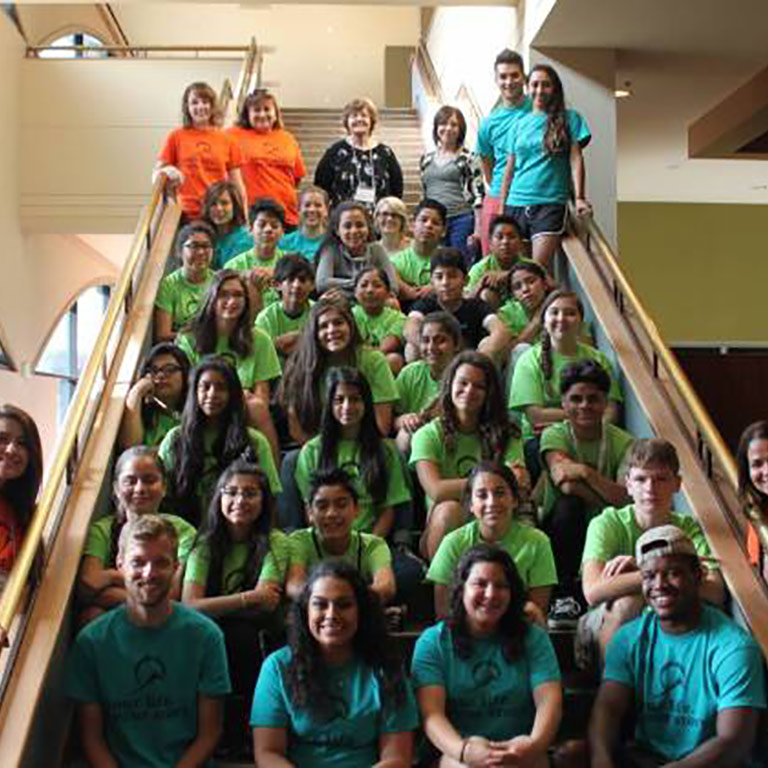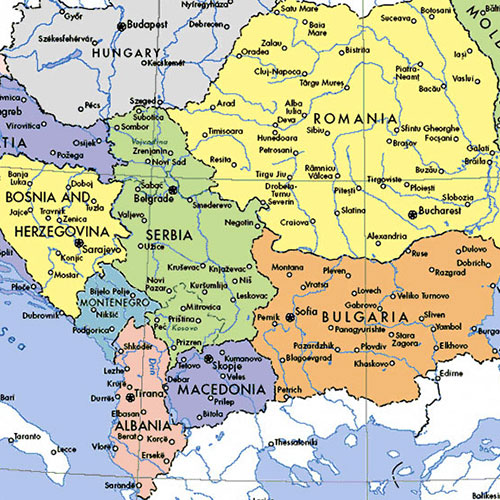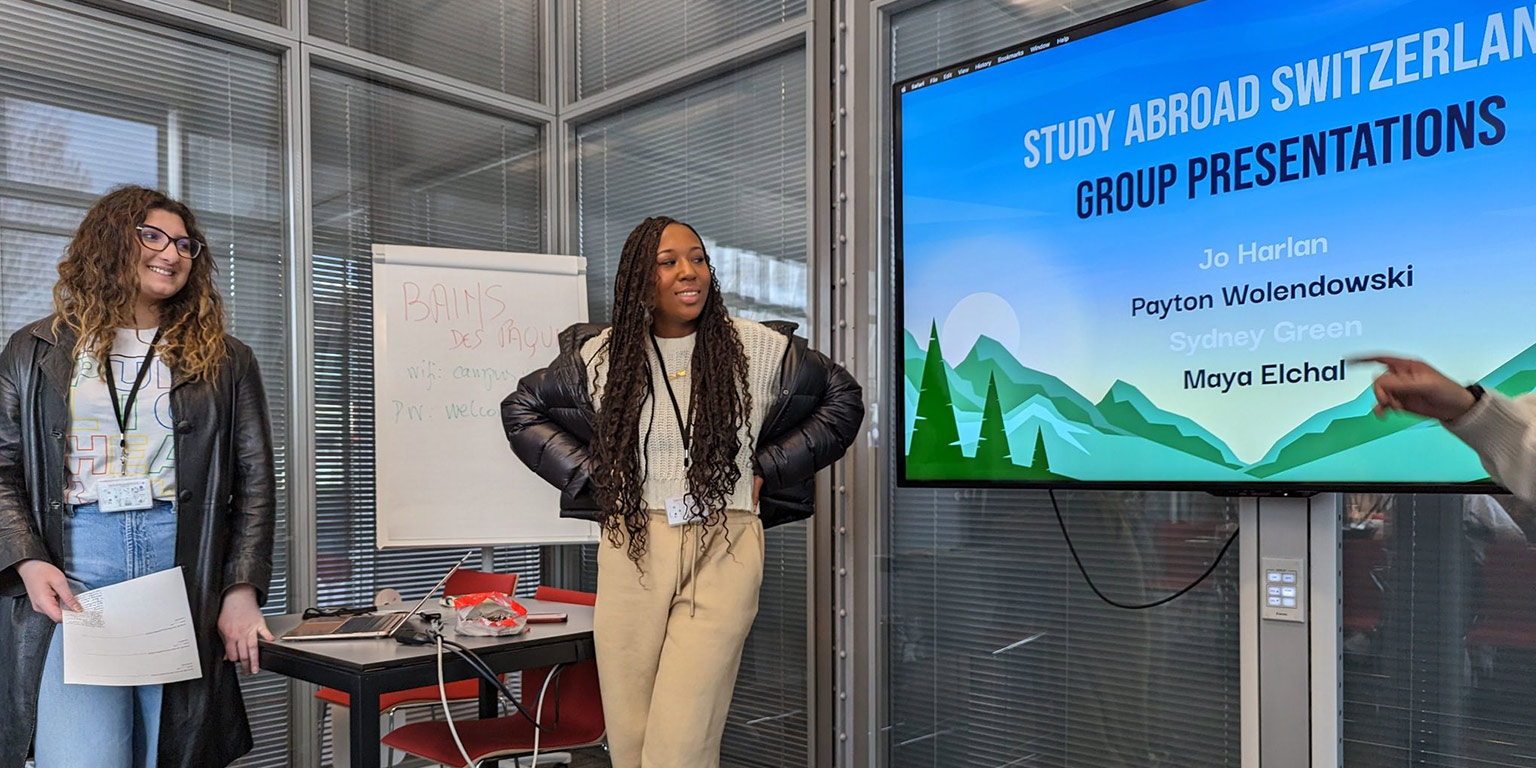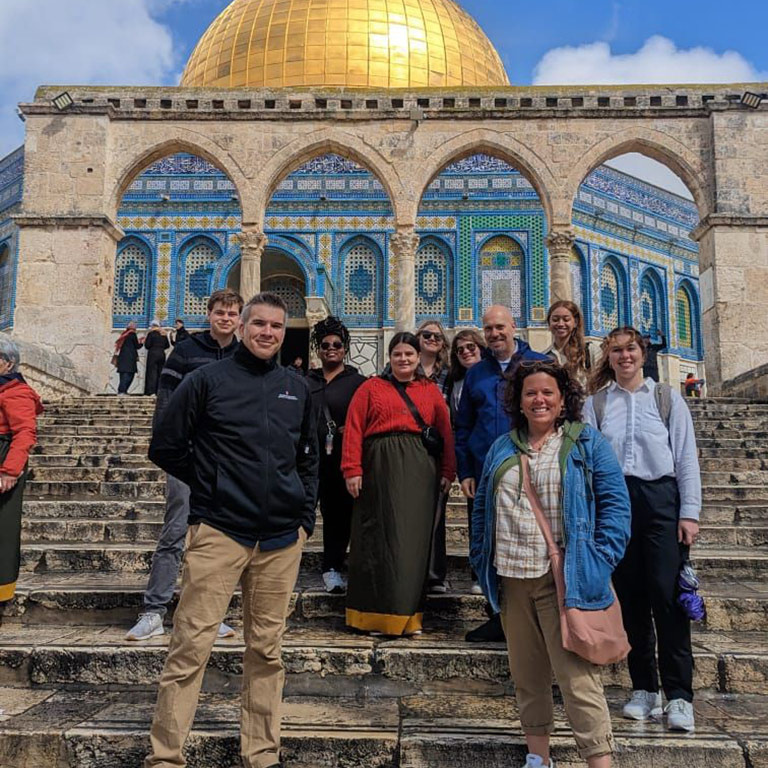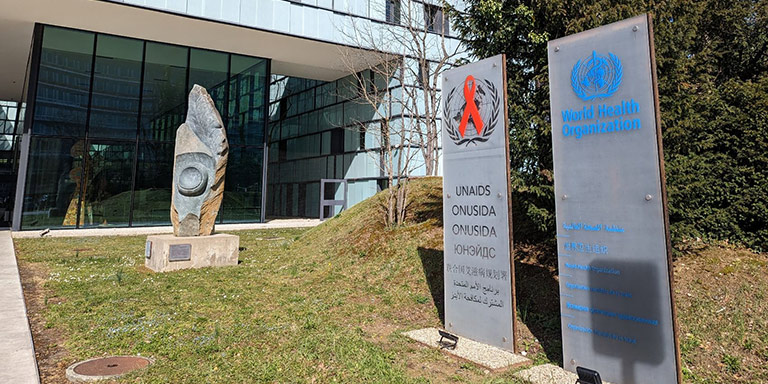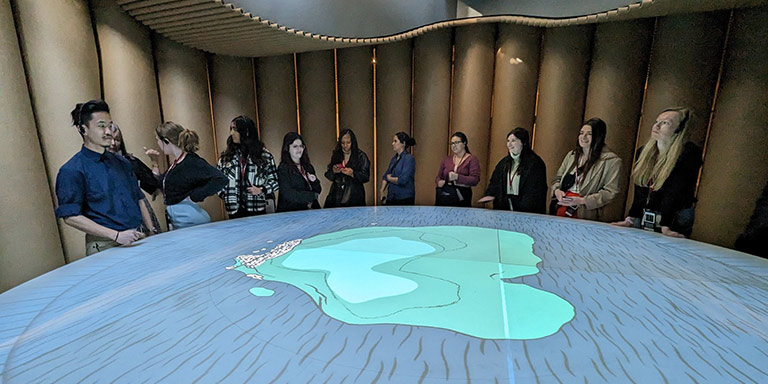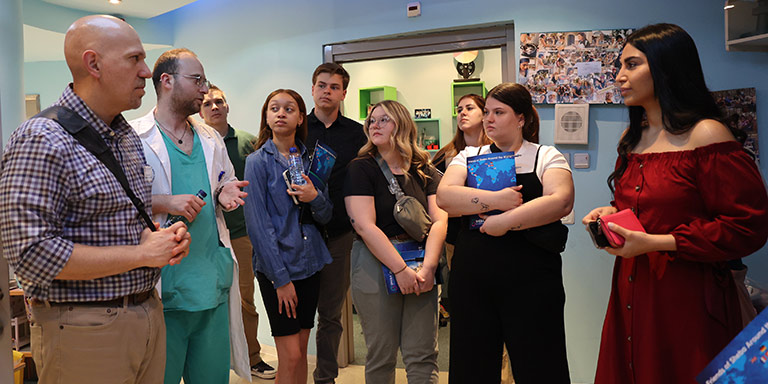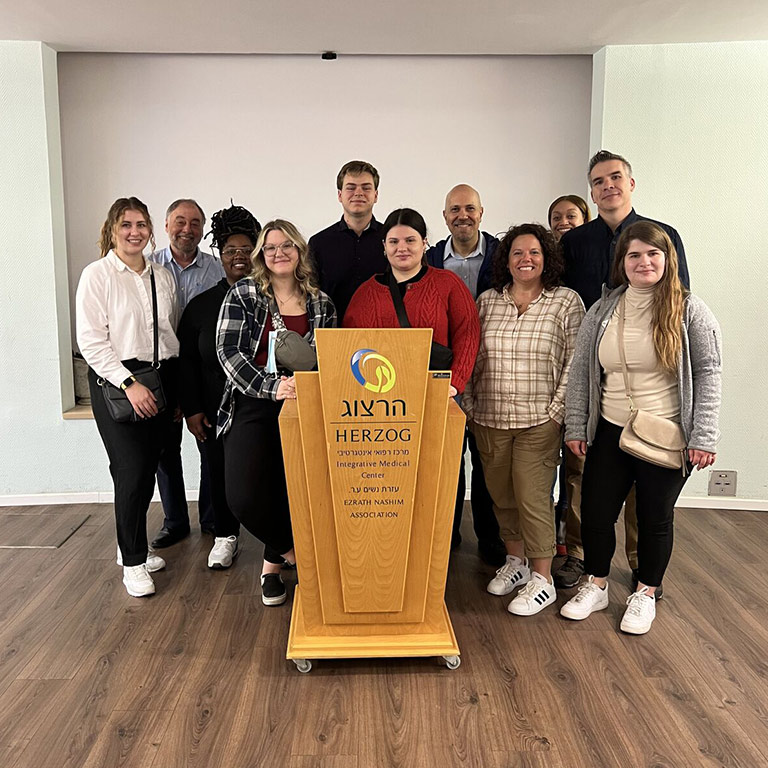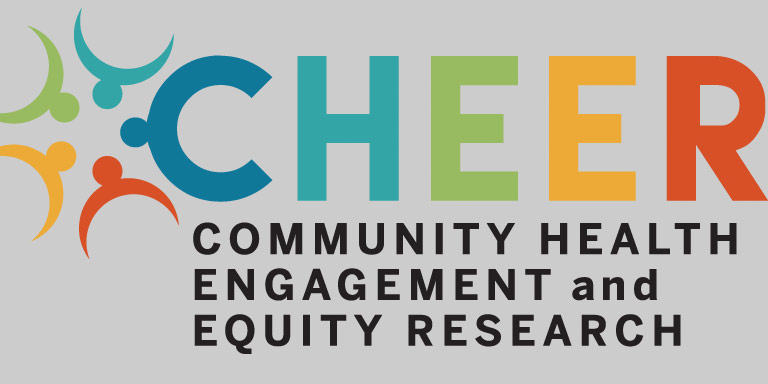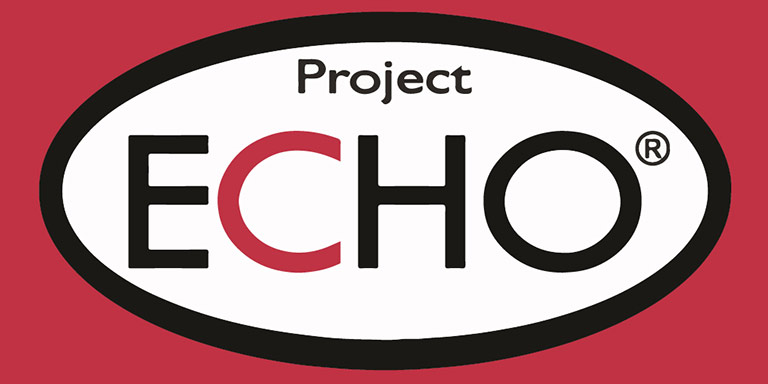Description of the video:
Hello, I'm Dr. Sherri Bucher, chair and associate professor of the Department of
0:08
Community and Global Health at the Fairbanks School of Public Health, Indiana University
0:13
Indianapolis. It's my delight today to talk to you about 20 years of international collaboration and
0:19
multidisciplinary research to reduce maternal and newborn mortality. Every year, there are 4.4
0:26
million babies who are either stillborn or born alive, but die during the first month after birth.
0:32
That's 12,000 babies a day, equivalent to 17 jumbo jets filled with newborns crashing to the
0:38
earth every single day. There are also millions of mothers who die every year. The majority of these
0:44
maternal and newborn deaths occur in Sub-Saharan Africa and Southeast Asia. The great tragedy is
0:51
nearly 100 percent of these millions of deaths are completely preventable. For 20 years I've
0:57
worked with a wide variety of local and global partners to generate scientific evidence, develop
1:03
feasible solutions, and strengthen health care systems to reduce maternal and newborn mortality.
1:09
I've worked with collaborators across eight sites in seven countries in the global network for
1:15
women's and children's health research to conduct numerous clinical trials and to identify safe,
1:21
effective and cheap interventions to prevent the leading causes of death among mothers and babies.
1:27
We discovered that if every woman took a baby aspirin during her pregnancy, and received a
1:33
single dose of the antibiotic azithromycin during labor, we could potentially prevent
1:38
over 1.6 million premature births and avert about two million cases of maternal sepsis every single
1:46
year. I founded and direct the multidisciplinary NeoInnovate Collaborative Consortium with faculty
1:54
and students across universities in Indiana, Kenya and India. We serve mothers and babies
2:01
around the world through research, collaboration and innovation. We've developed a suite of seven
2:09
award-winning mobile apps. Health care providers and parents use them for education and training,
2:16
data collection, and clinical decision support. Did you know that complications from premature
2:22
birth is one of the leading causes of newborn mortality? Fifteen million babies a year are
2:29
born too soon or too small. And nearly all of these low birth weight infants suffer
2:36
from neonatal hypothermia, the inability to maintain a normal body temperature. So we
2:43
invented a patented biomedical device, NeoWarm, to prevent neonatal hypothermia and encourage
2:50
skin to skin care. We tested NeoWarm in live baby pigs and found it to be very safe and effective.
2:58
Then we integrated sensors into NeoWarm and connected the device with one of our mobile apps,
3:04
NeoRoo. Now, both parents nurses can monitor on their own phones, in real time the vital signs
3:12
of premature babies. Much of the consortium's work is inspired by the American Academy of Pediatrics
3:19
Helping Babies Survive programs, which I help to design. These programs have reached over one
3:25
million health care providers in 80 countries. In October 2009, a nurse I trained using Helping
3:33
Babies Breathe, became the first person in the world to use that knowledge and those skills to
3:39
save a baby who was born not breathing in Bokoli, Kenya. That dark night in the labor ward, as nurse
3:47
Mary Wekesa worked to resuscitate baby Job, one of her colleagues, seeing how blue and floppy he was,
3:54
urged Mary to give up. "Why are you struggling?" said the colleague, "That baby is dead." "Let us
4:00
try," Mary replied quietly. "This kid may come back." And as you can see from this photo,
4:07
he did. And he forms the foundation of this happy, healthy and thriving family. For more
4:15
information about the night of baby Job's birth, please scan this QR code. Thank you.



